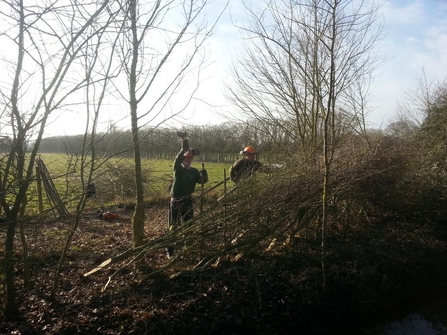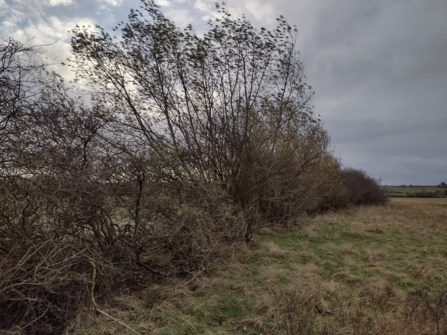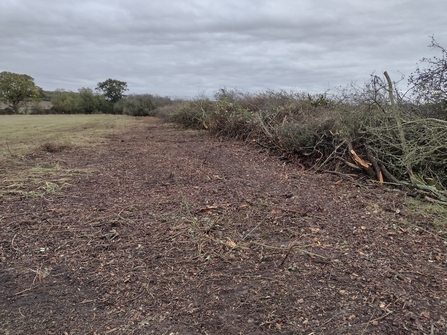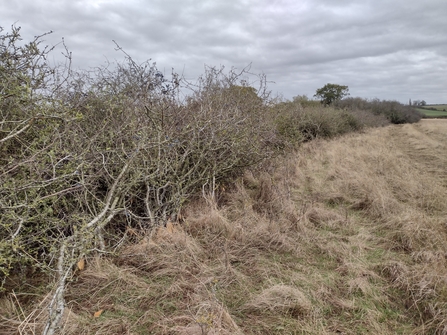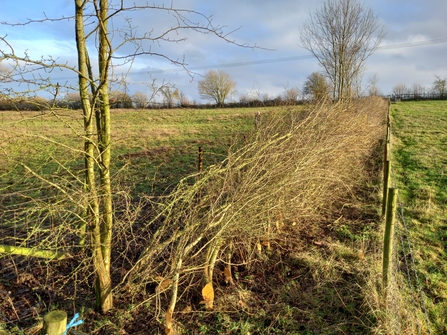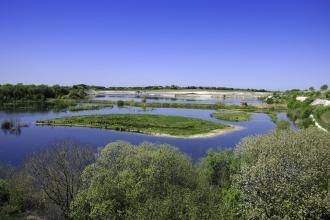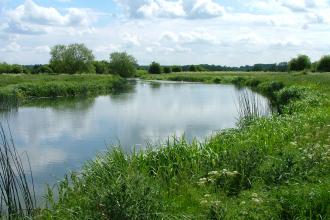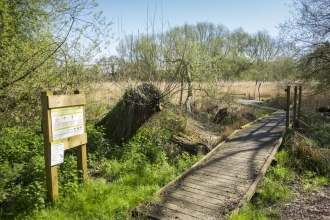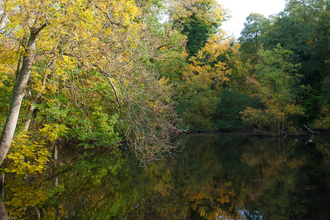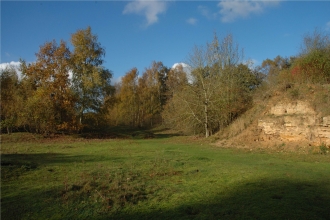There's more than one way to lay a hedge
Most people involved in practical conservation work will recognise the above statement as true. In fact, when many of us completed our training we were often told by those teaching us that there were at least two ways of doing most things – “my way, or the wrong way”!
The ancient craft of hedgelaying, however, is a little more complex than that. The National Hedgelaying Society (NHLS) states that there are over 30 styles of hedgelaying recorded in the UK, with each one developing over many years based on the climate, farming practices and vegetation types of a region.
Hedgelaying professionals and aficionados recently gathered in Wallingford, Oxfordshire for the NHLS Annual Championship (as featured on BBC Countryfile on 2 January 2023) where the eight most common regional styles were showcased, as highly skilled professionals vied to be crowned champion of their class.
Stern-faced, beady-eyed judges patrol the hedgerows awarding marks for stockproof-ness, straightness and spacing of stakes and binders (often a product of coppicing, another ancient countryside craft), angle of cuts, trueness to regional style and much more besides.
Whether you’re taking on a Midlands, Lancs & Westmorland, or Dorset style hedge, it’s a hard fought battle!


